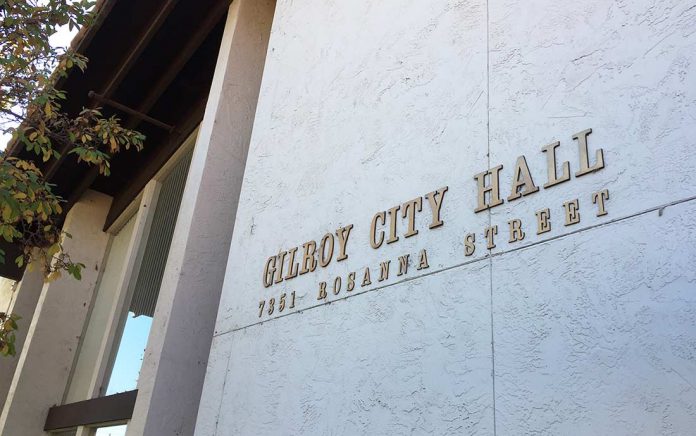With state officials approving Gilroy’s eight-year housing plan on Aug. 21, the city now plans to start implementing the programs that were adopted by the City Council in May.
“Housing is one of our top priorities, and we’re committed to continuing to seek ways to help our residents find safe and affordable places to live,” Mayor Marie Blankley said.
State law requires jurisdictions to update their Housing Elements, which are included in their General Plans, a long-range document for future growth, every eight years.
In 1969, the state mandated that all California cities, towns and counties must plan for the housing needs of all their residents regardless of income. The California Department of Housing and Community Development then determines how many housing units should be built across the state, and for Gilroy, those numbers are distributed by the Association of Bay Area Governments.
Known as the Regional Housing Needs Allocation (RHNA), Gilroy was determined to need 1,773 units over the next eight years. Broken down by income level, the allocation is 669 very low, 385 low, 200 moderate and 519 above moderate (market rate) income units.
According to city officials, Gilroy has already met and exceeded the above moderate RHNA and has met all but 28 units of the low income RHNA.
The Housing Element lists a number of sites that have the appropriate zoning and density allowance to accommodate the remaining unmet RHNA numbers. However, being on the list does not obligate the property owner to build housing within the next eight years, city officials said.
As such, the sites inventory includes a 15% to 18% buffer, while the city has a back-up list if any of the listed sites are not built to their full potential of providing affordable housing. It is also possible that the remaining RHNA units will be built on a site that has not been previously identified by the city.
Per state law, property owners that build affordable housing may be eligible for certain perks, including more housing units than would otherwise be allowed, and waivers of some development standards such as height or reduced parking.
“The Housing Element and goals contained therein provide a road map for housing growth in alignment with California state requirements and City standards,” Blankley said. “With the Housing Element now certified by the state, we can move forward, assured that our plans for housing growth are compliant with state requirements while still honoring our local community commitment to the 2040 General Plan.”
The programs in the Housing Element describe specific actions the city will carry out over the eight-year cycle to satisfy the community’s housing needs and meet the requirements of state law. The programs are organized into seven housing goals: Housing Production; Removal of Governmental Constraints; Housing Preservation and Improvement; Housing Assistance; Special Housing Needs; Affirmatively Furthering Fair Housing; and Education and Outreach. The programs begin on page 274 of the Housing Element (or page 282 of the electronic document, which can be viewed at cityofgilroy.org/904/Housing-Element).
City officials shared plans to achieve these goals:
• Under housing production, the city will be developing pre-designed plans for Accessory Dwelling Units (ADU). These plans should be available by January 2025 and will help lower the upfront cost of building an ADU.
• To reduce governmental constraints, the city plans to revise the zoning ordinance and several policies with the goal of more transparent and streamlined processes. For example, the city will adopt more objective criteria for approving residential projects. The intent of objective criteria is to increase consistency in decision making by removing ambiguous language that may be subject to interpretation.
• Under special housing needs, the city’s new First Street Mixed-Use Corridor will allow flexibility for the non-residential portion of mixed-use projects that include housing for extremely low-income households, farmworkers, persons with disabilities, or other special needs groups.
“We’re proud of our success in previous housing cycles that brought housing opportunities to Gilroy for families and individuals at all income levels, and we look forward to what we can accomplish in the next eight years,” Blankley said.
Blankley and Community Development Director Sharon Goei will discuss the state’s certification process of the Housing Element during Conversation and Coffee on Sept. 9 at 9:30am in the Council Chambers, 7351 Rosanna St.
Those who have questions about the Housing Element are encouraged to contact the city’s planning division at 408.846.0440 or [email protected], or project manager Cindy McCormick at [email protected].
Resources for those seeking housing
A variety of housing programs and resources are available for those who are looking for housing. The city has broken up these resources into three categories:
• Production: Resources, including financial, for those looking for a new home
• Preservation: Resources for those needing help maintaining their home
• Protection: Resources for those who have a home, but needing legal or financial assistance
For information, visit cityofgilroy.org/279/Housing-Community-Services-Division.















